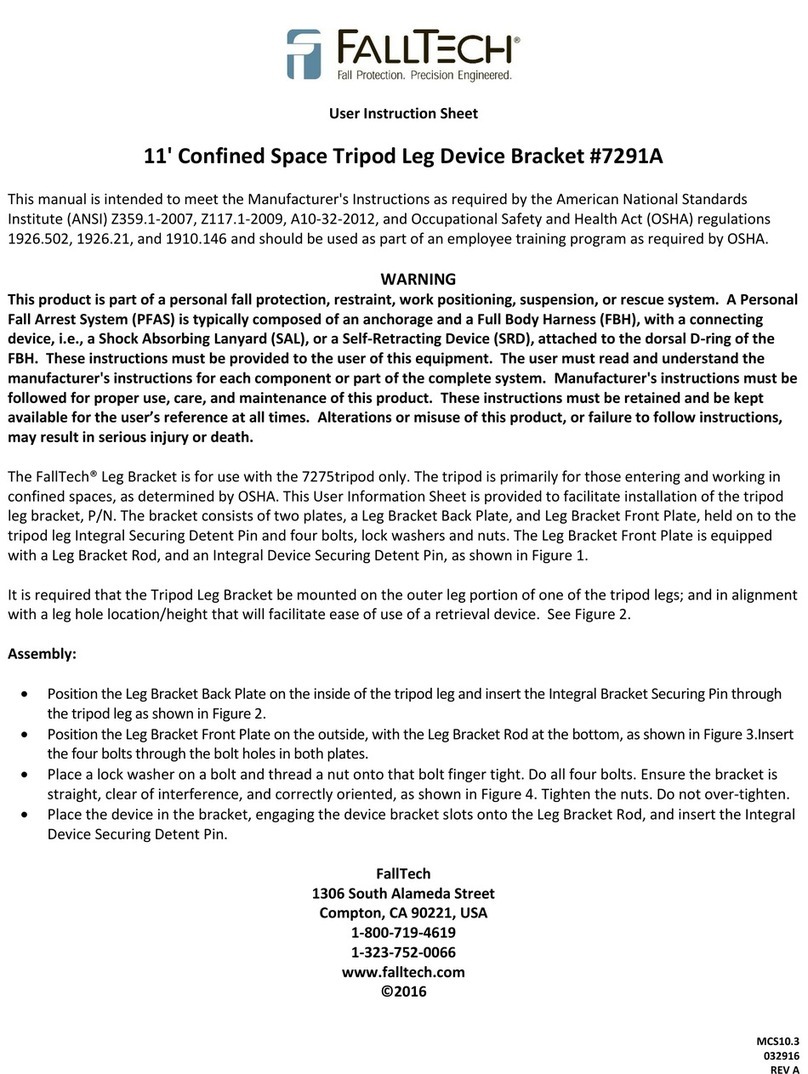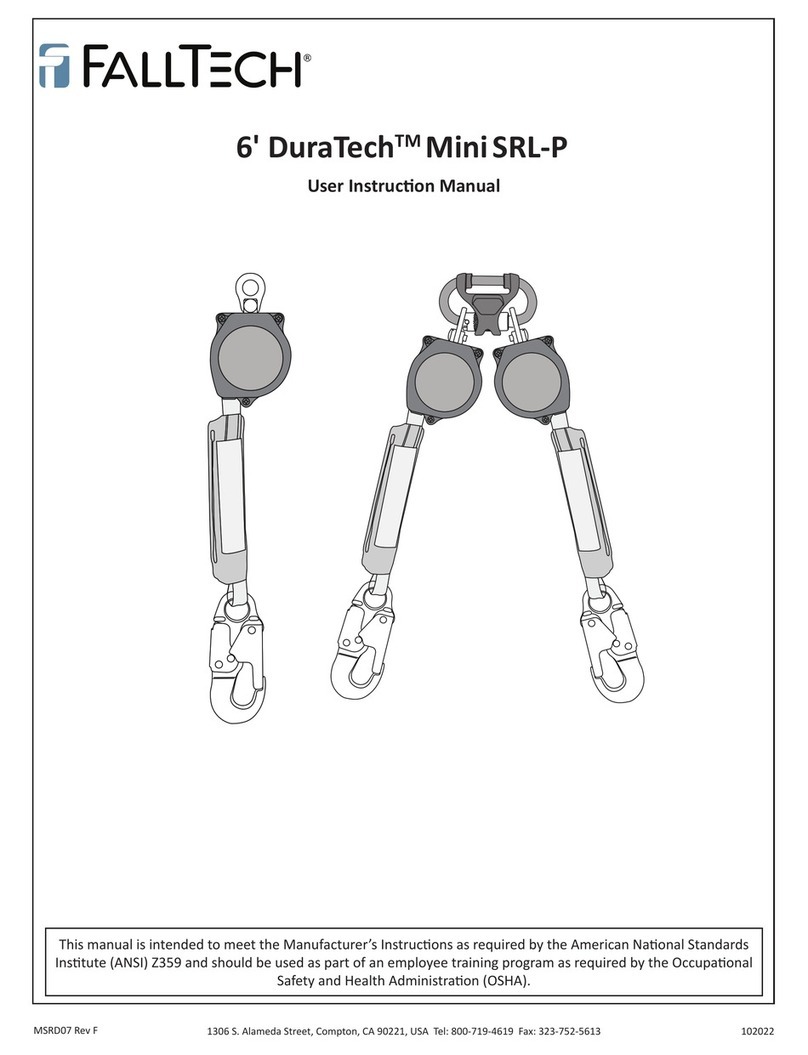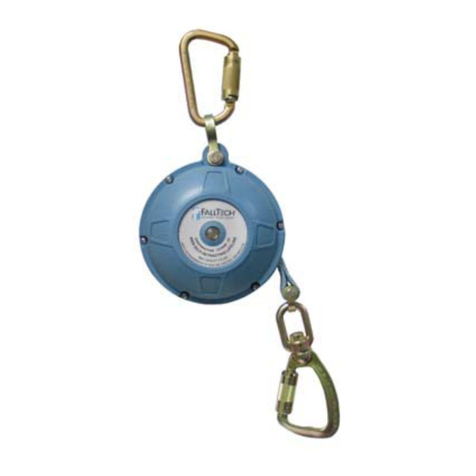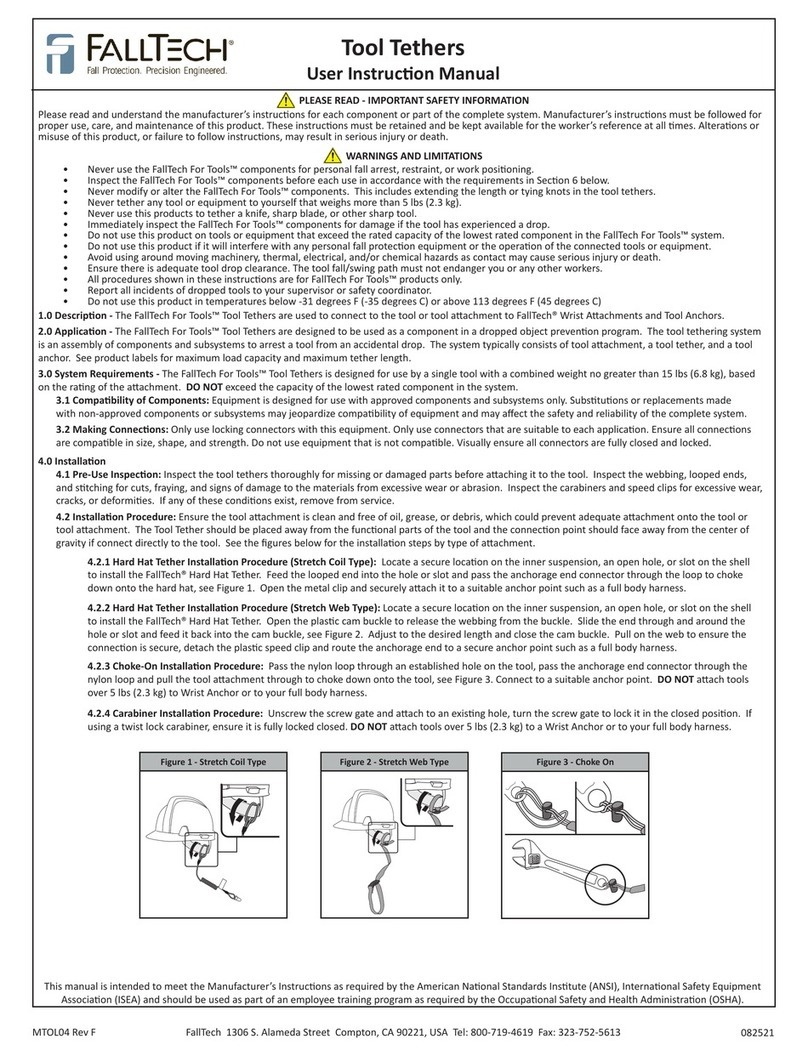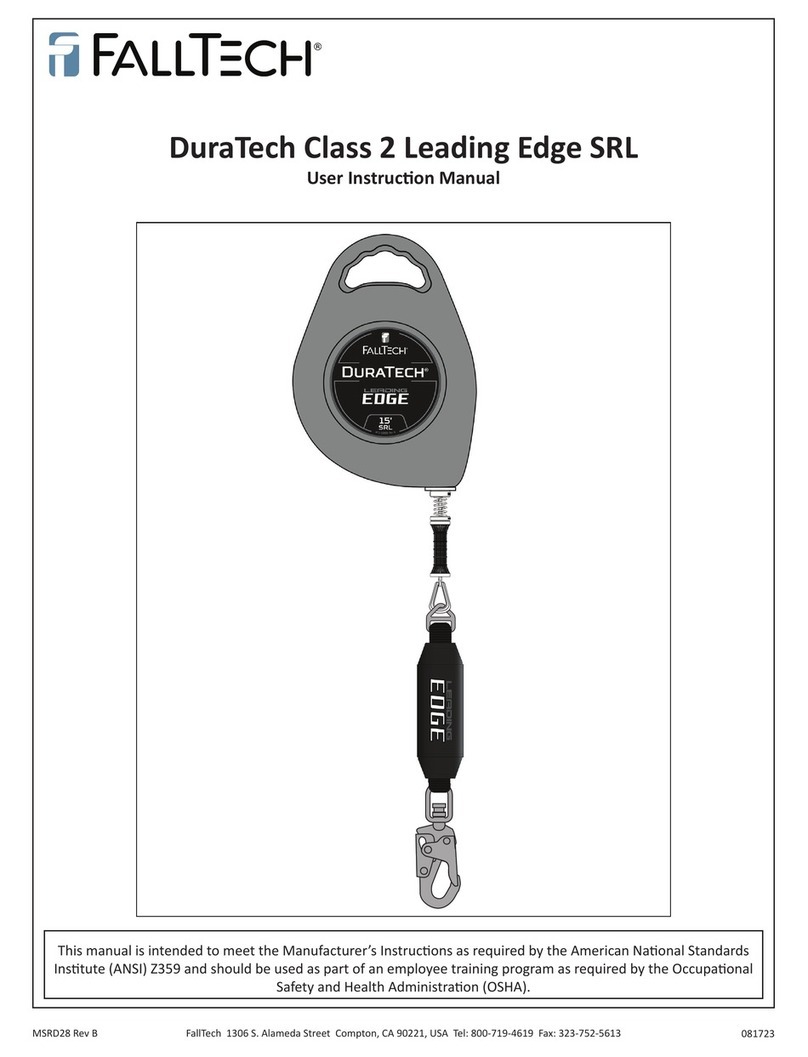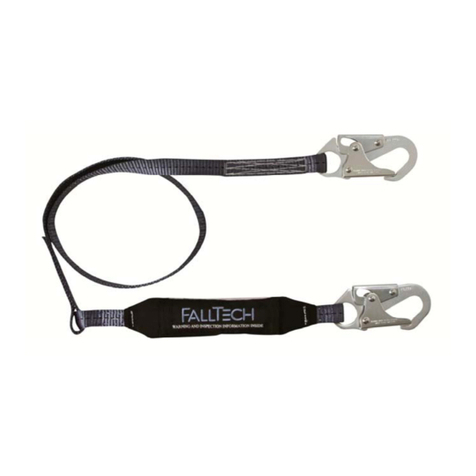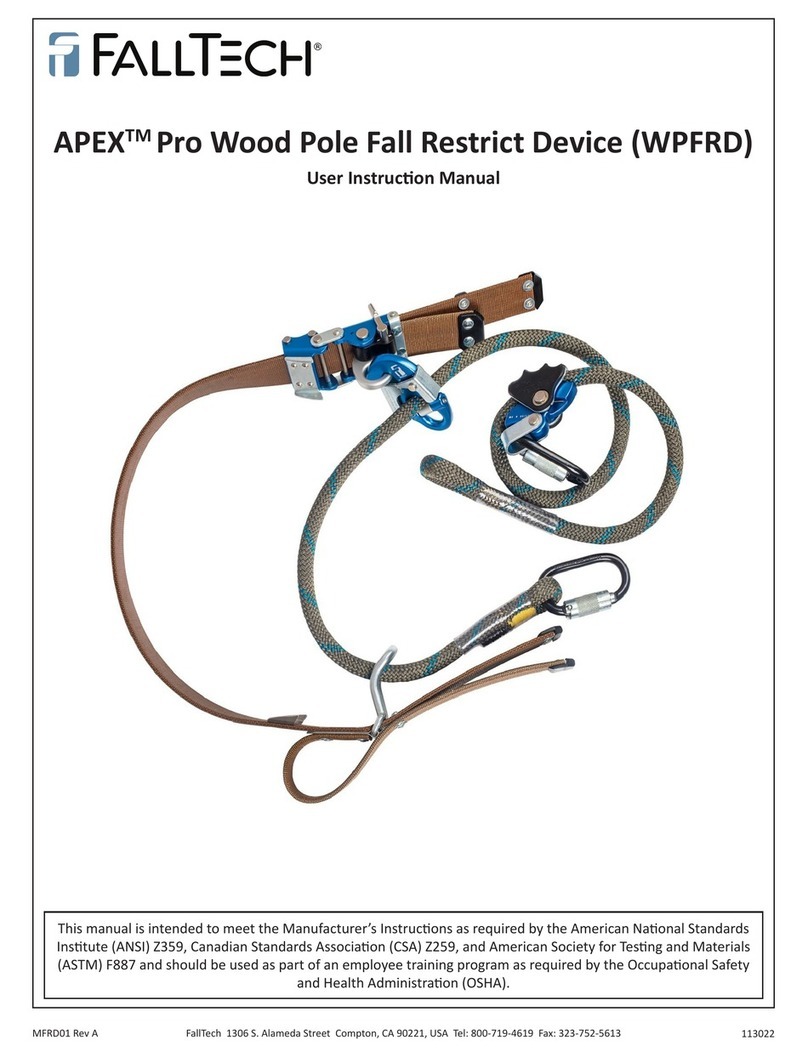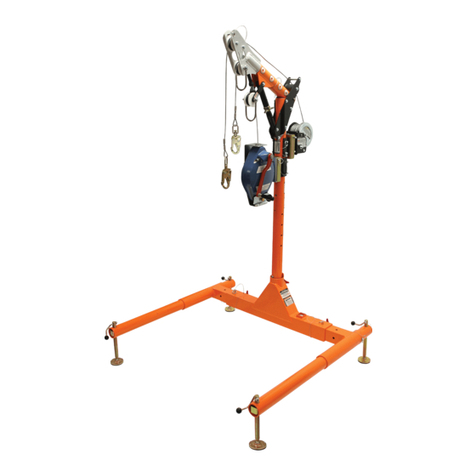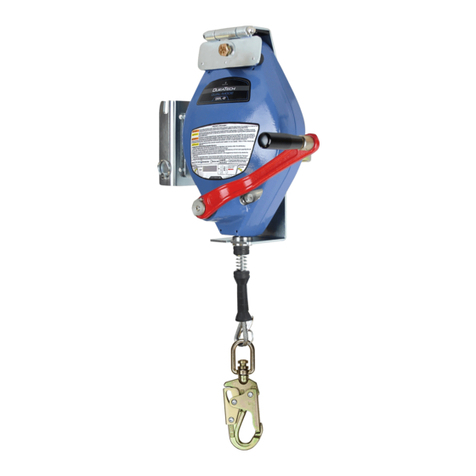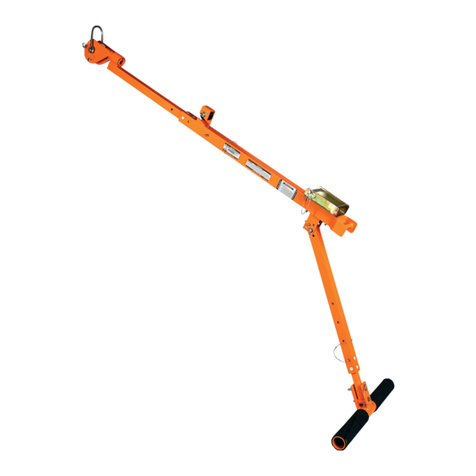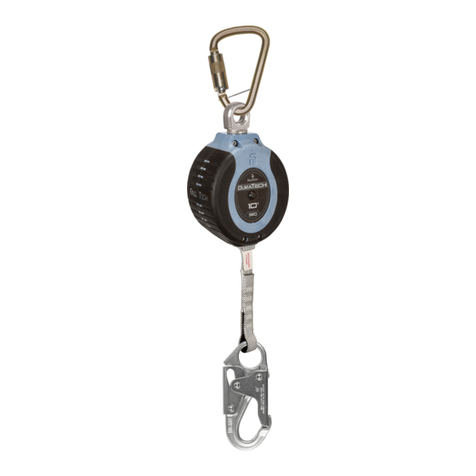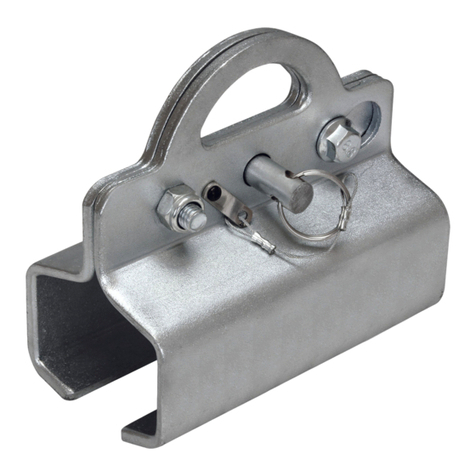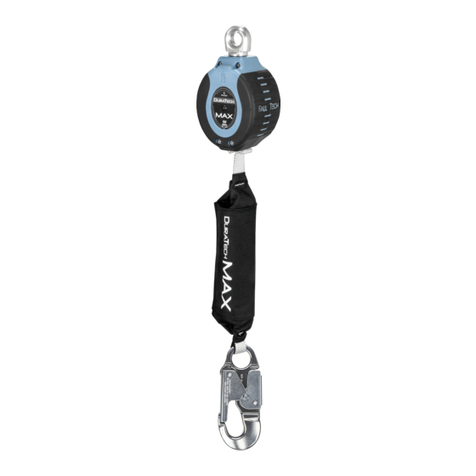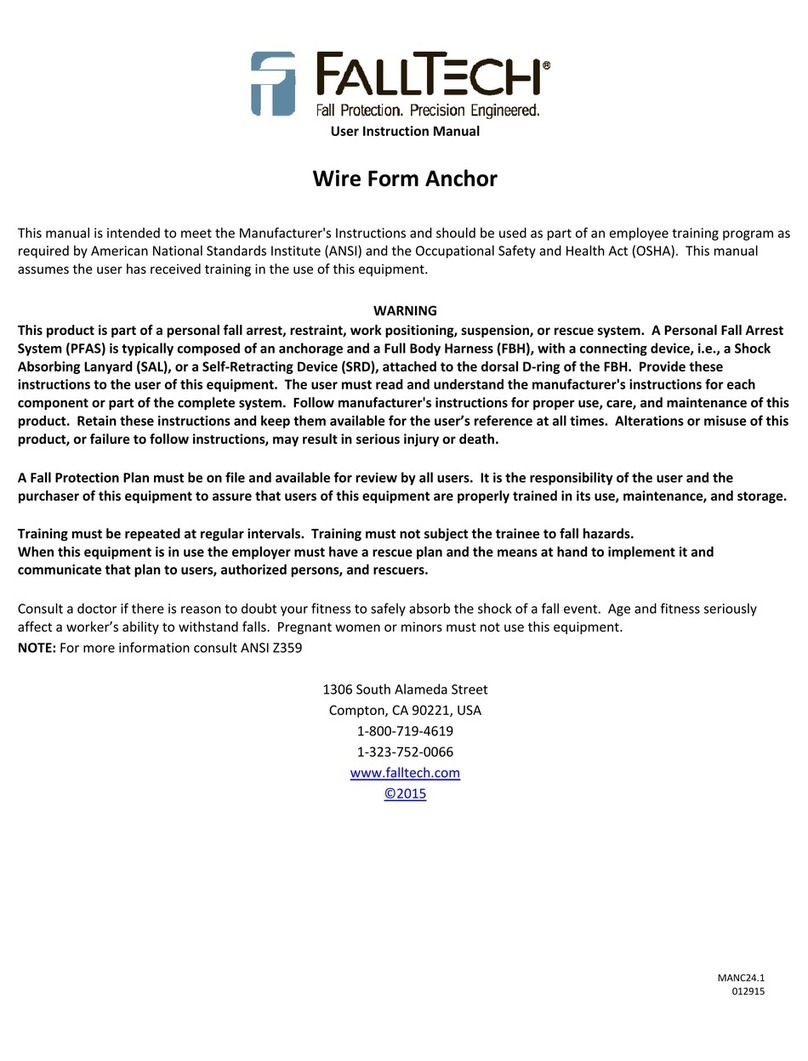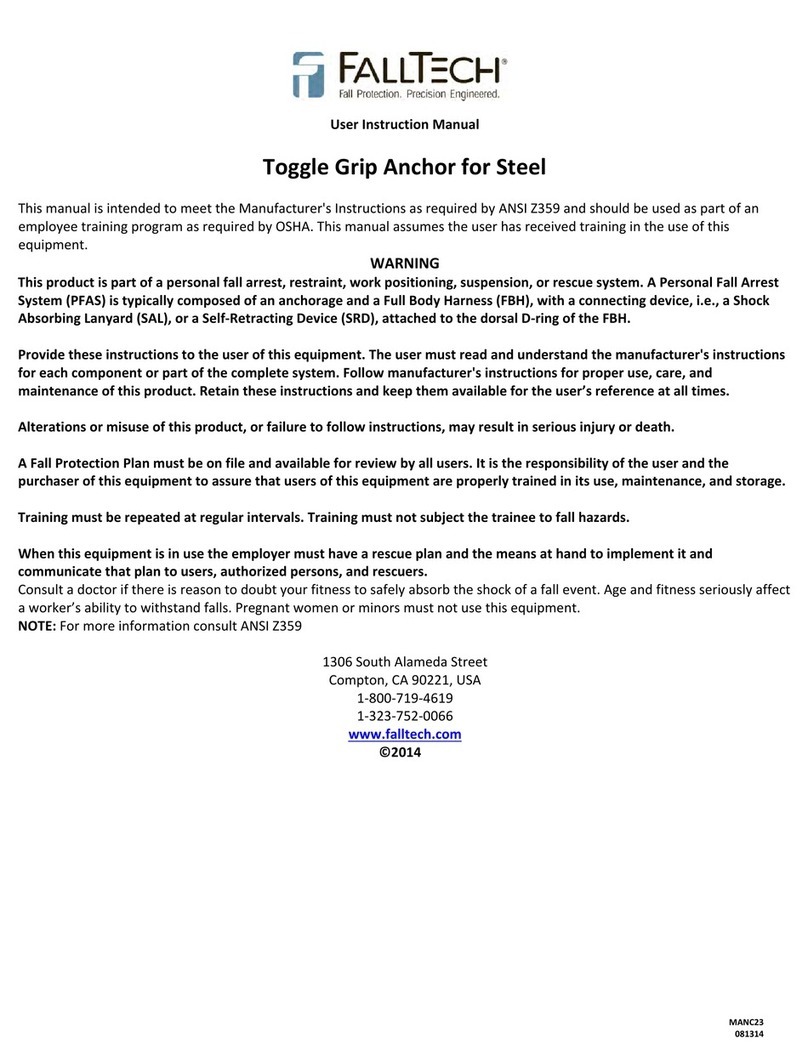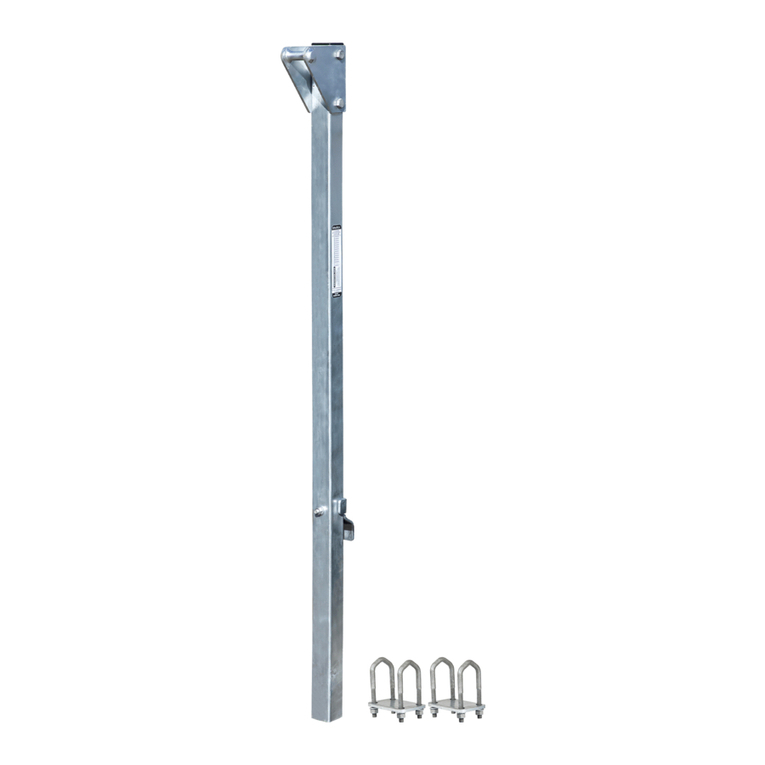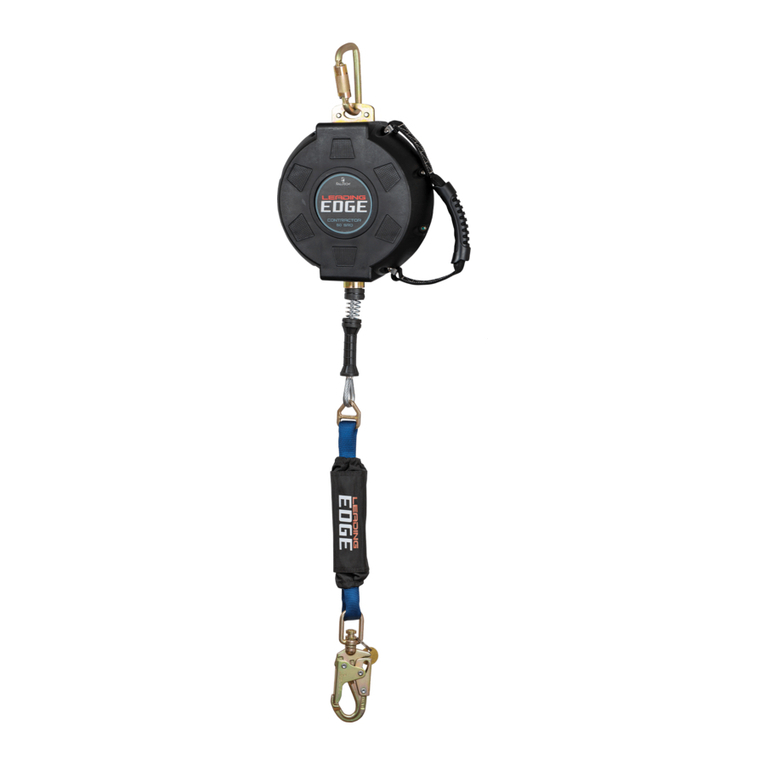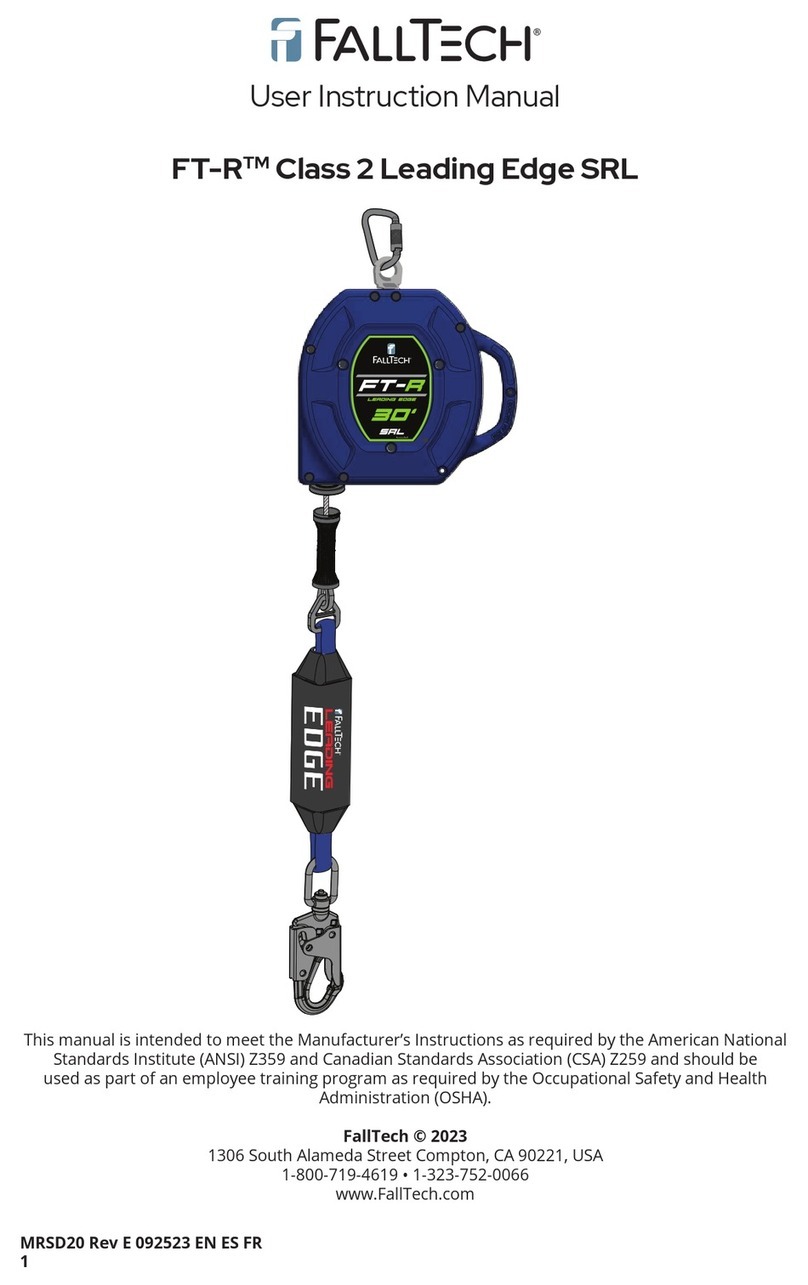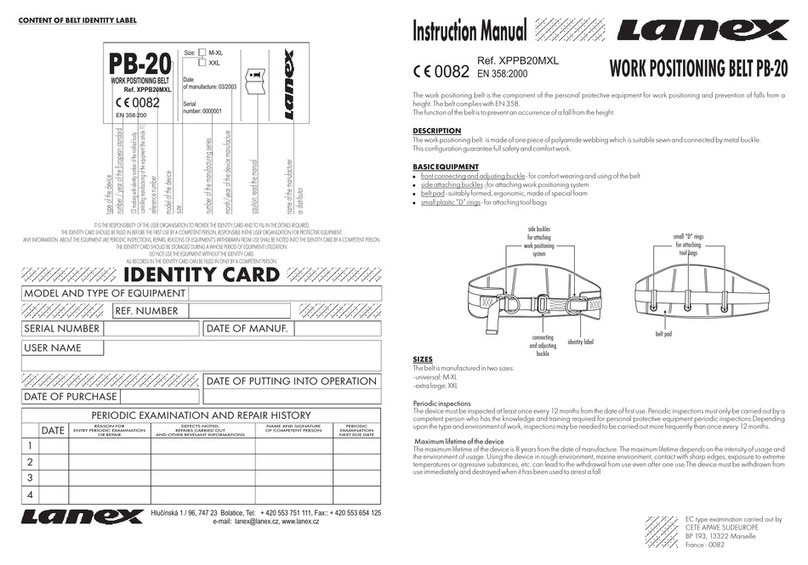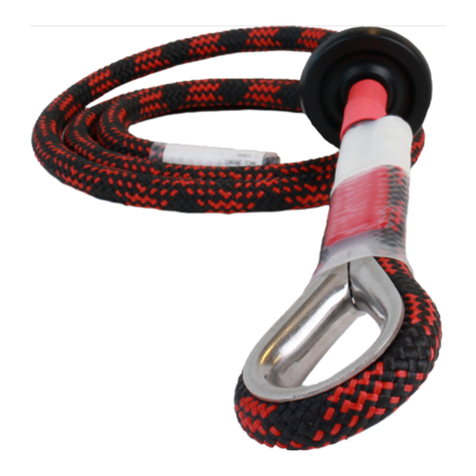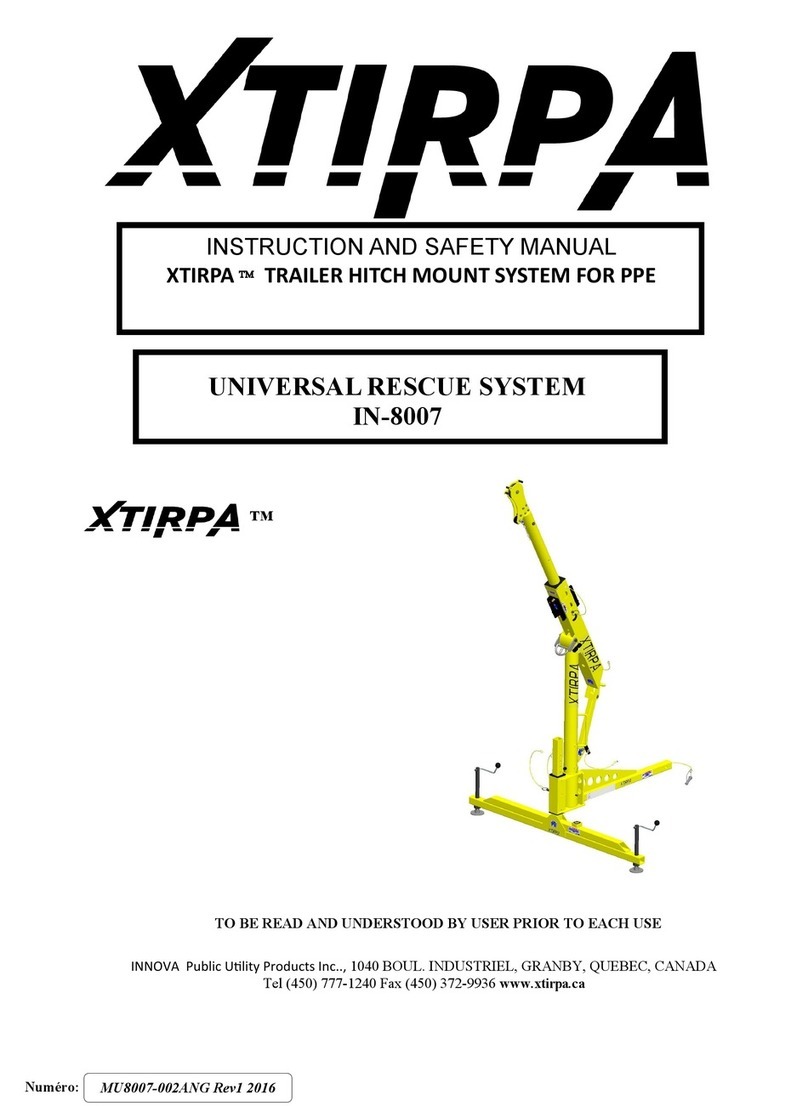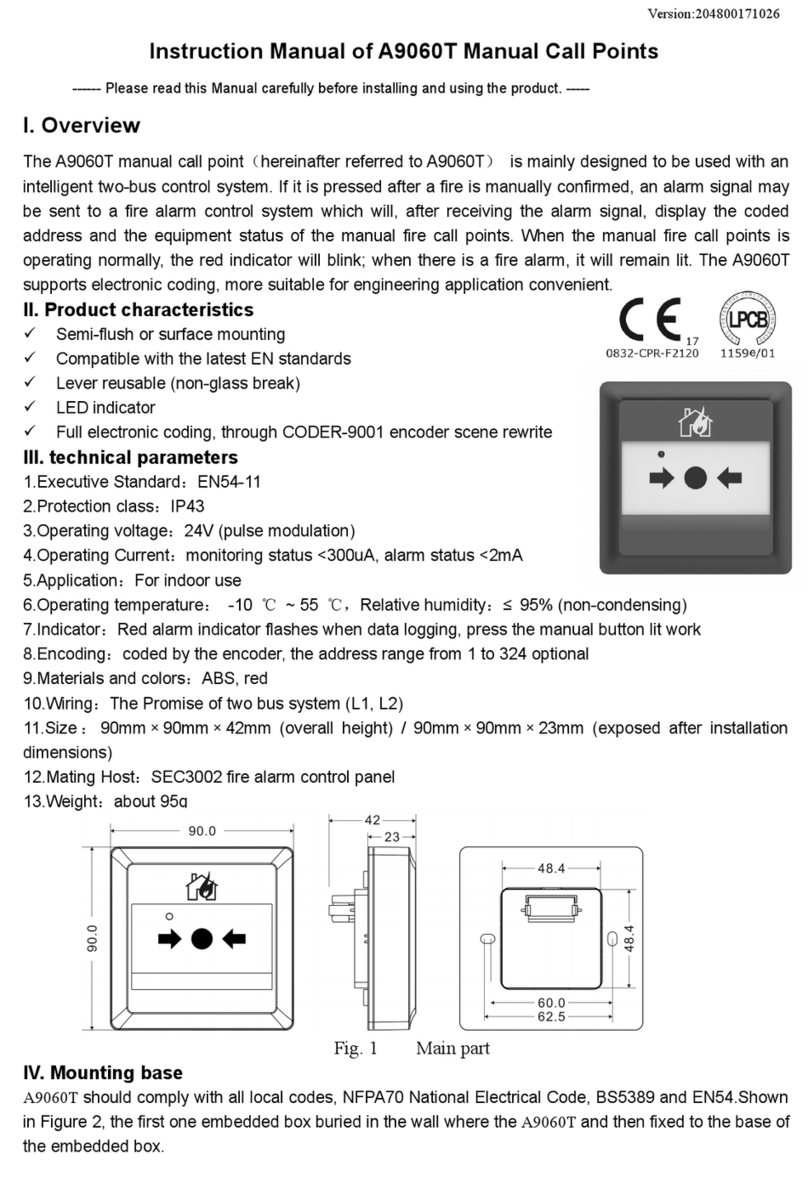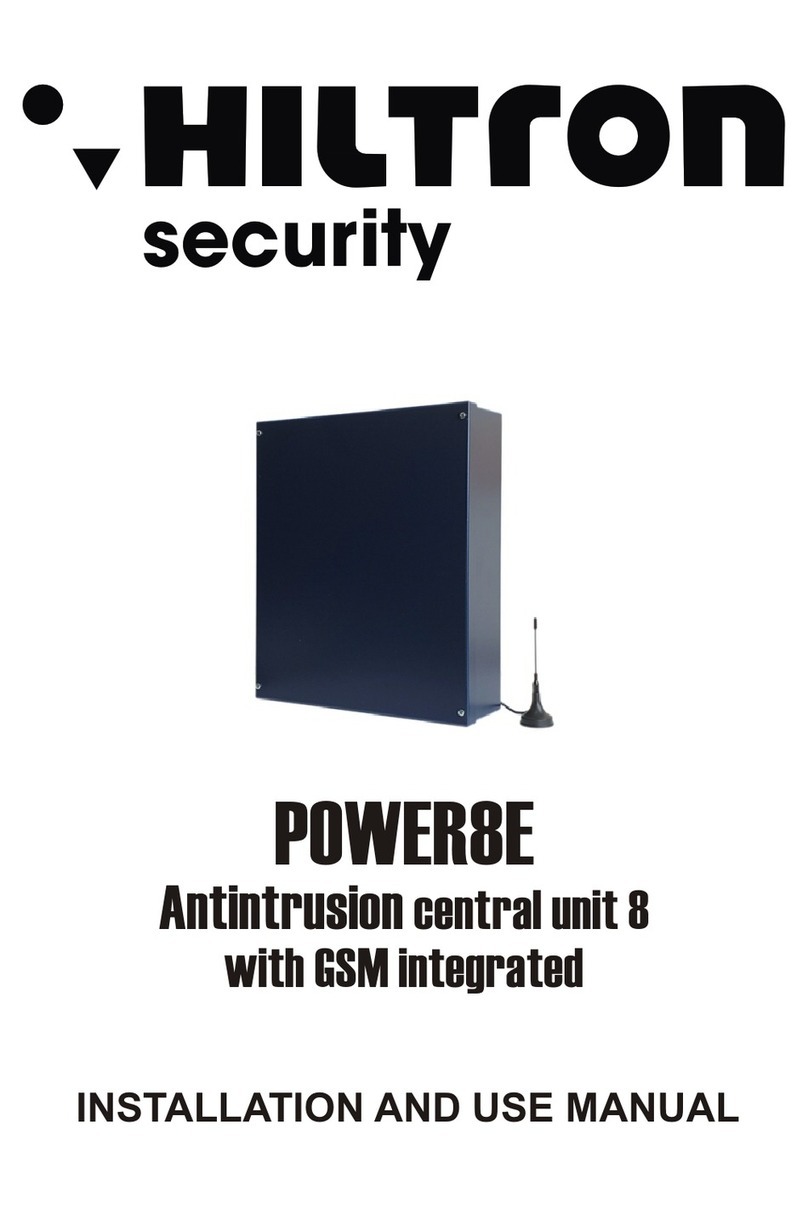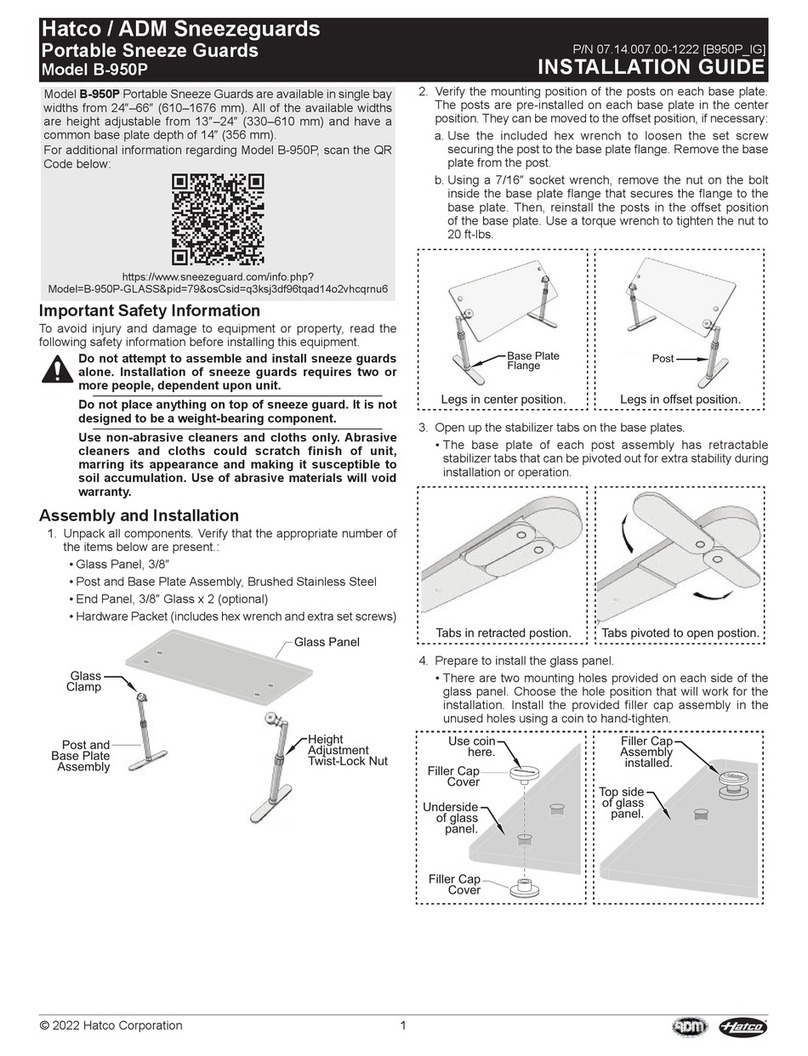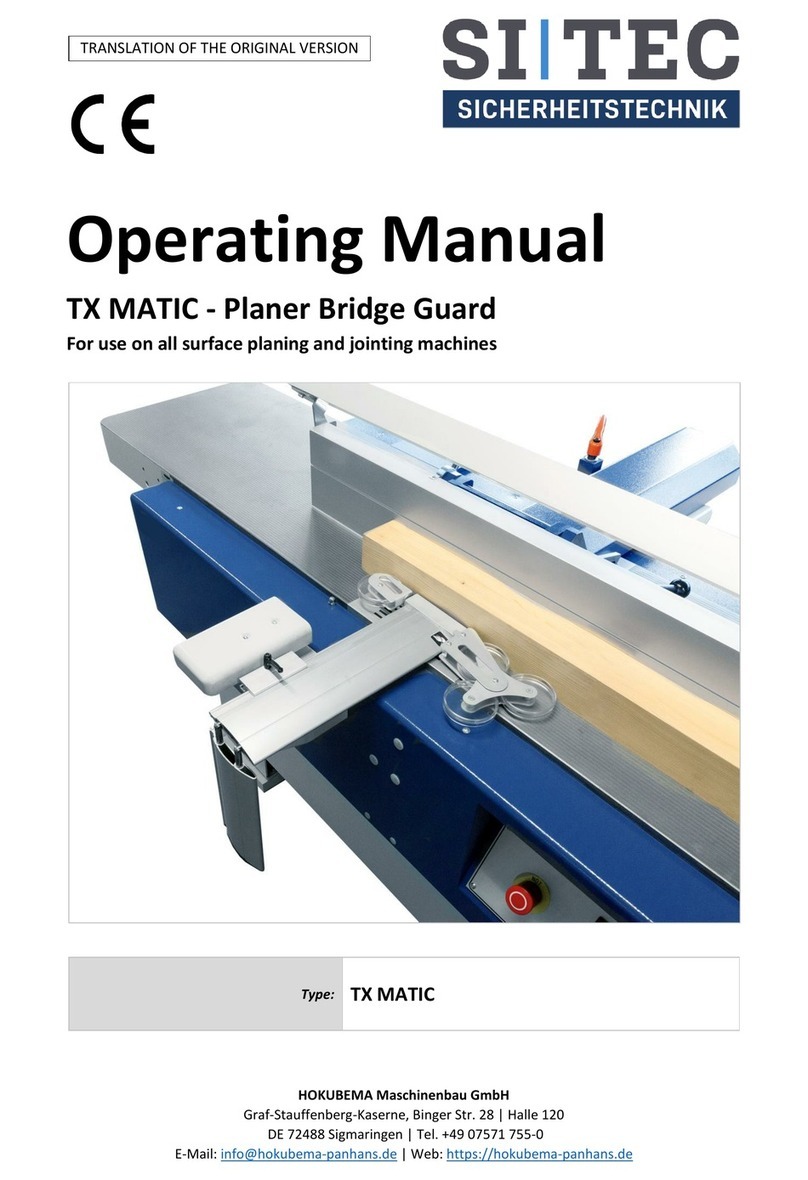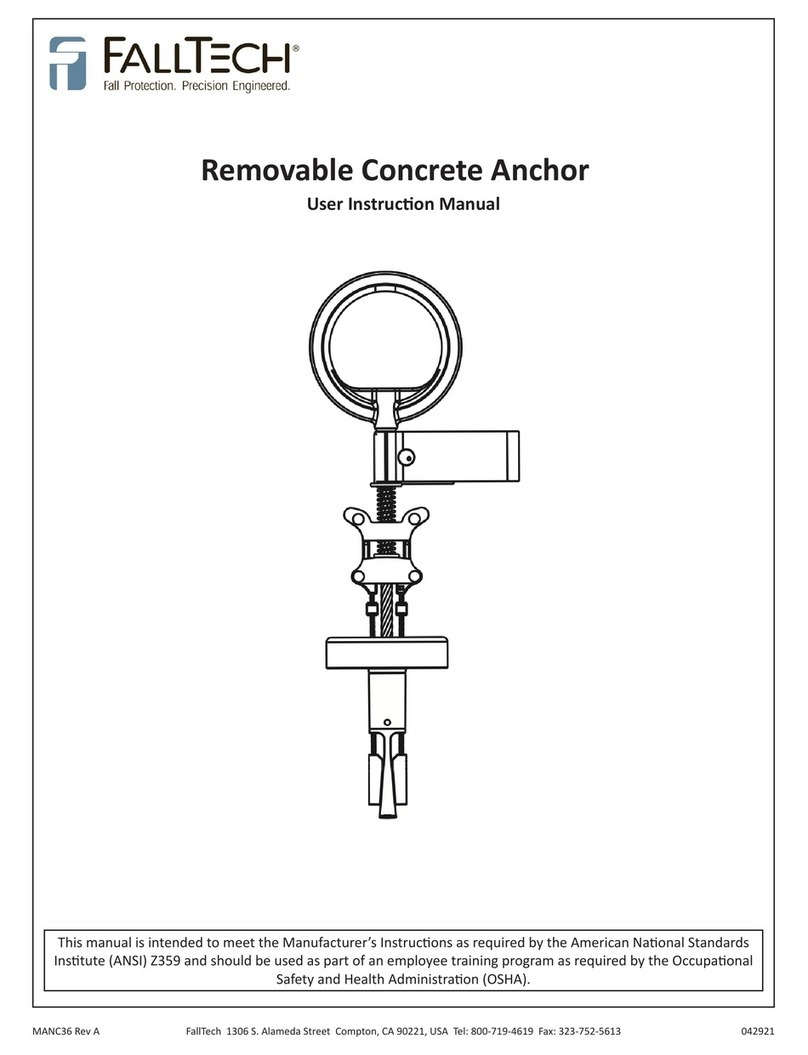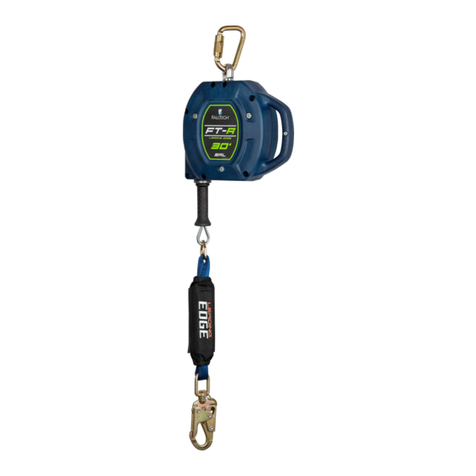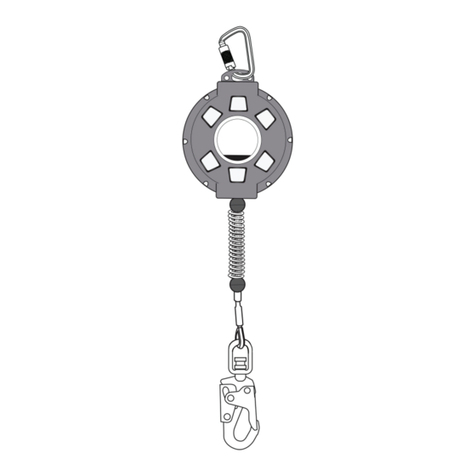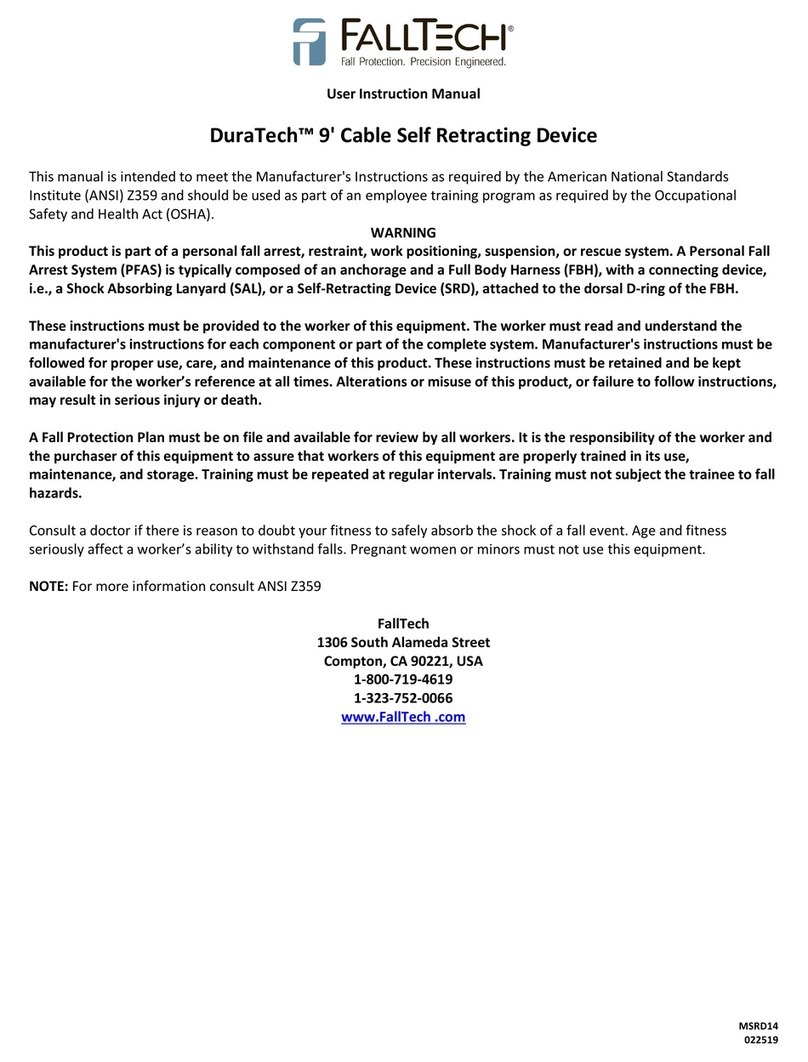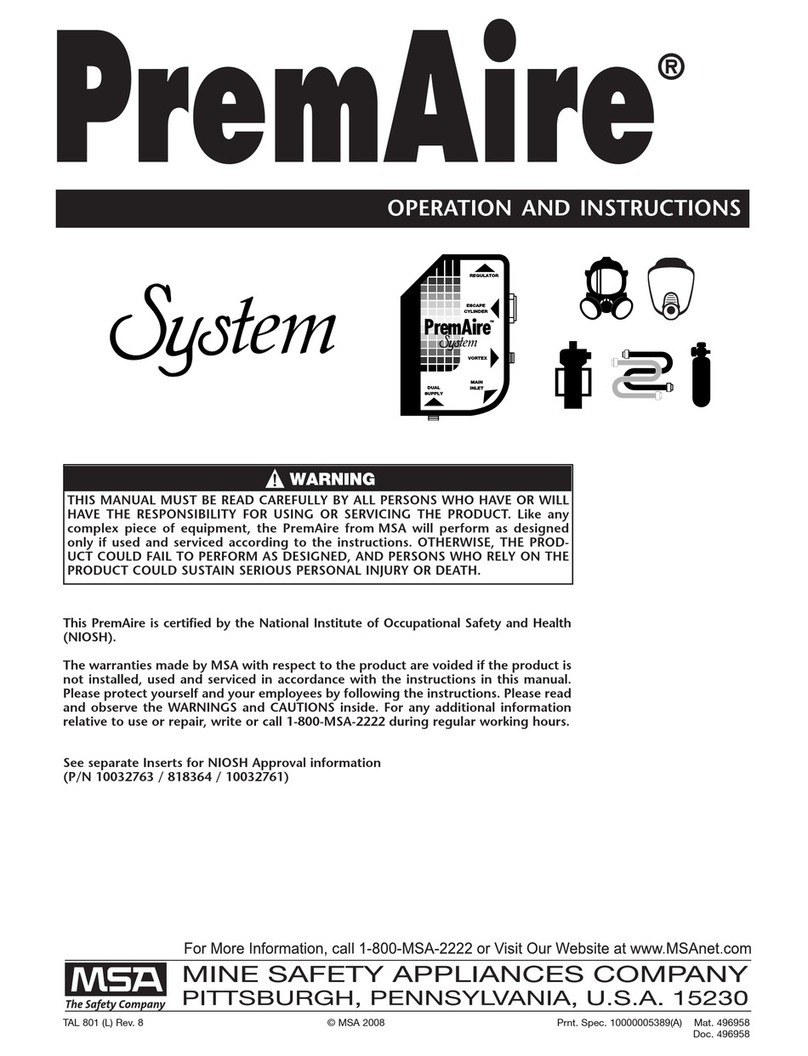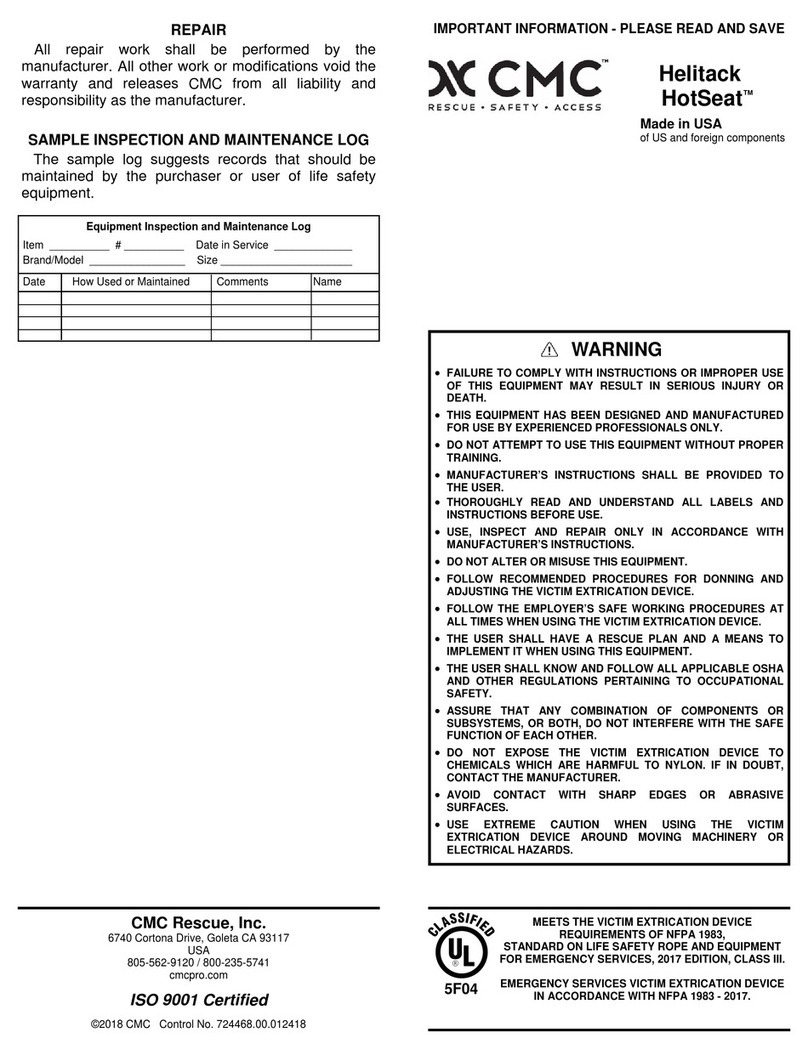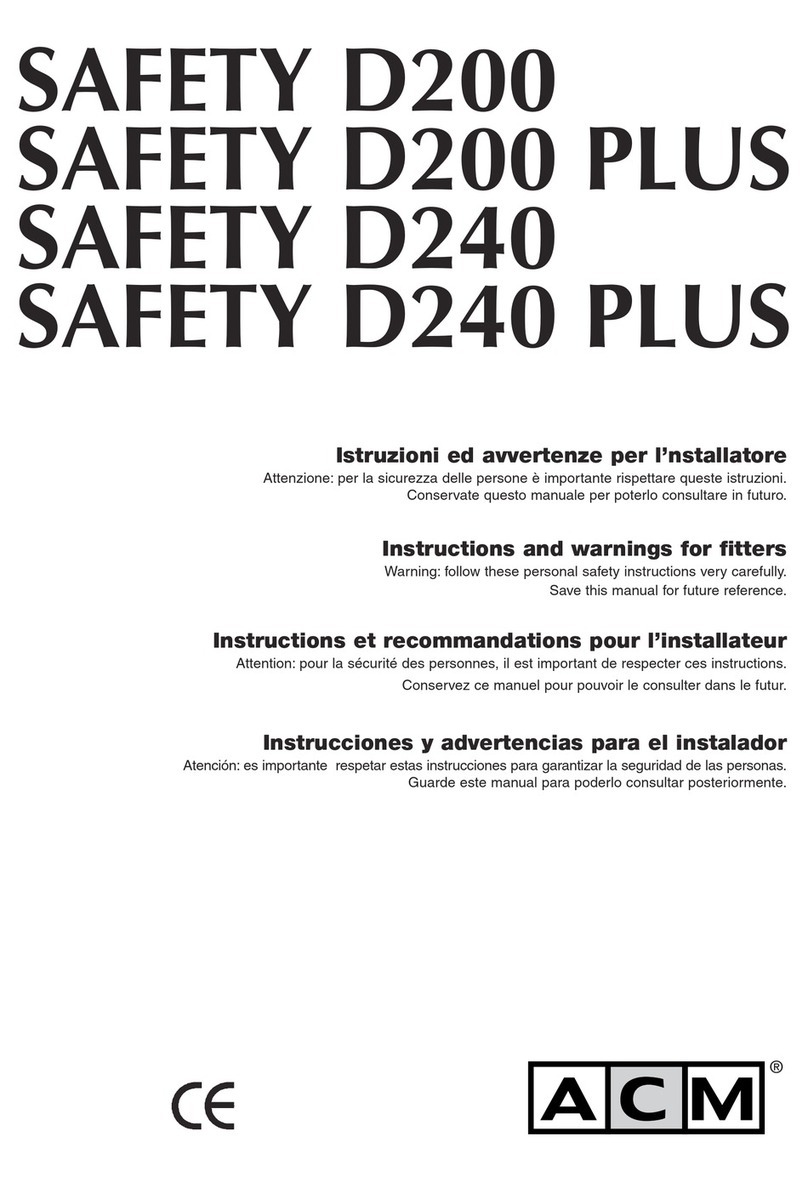
1.0 Warnings and Important Informaon
MHLL05 Rev A 012920 3
This product is part of a personal fall arrest, restraint, work posioning, suspension, or rescue system. A Personal Fall Arrest System (PFAS) is
typically composed of an anchorage and a Full Body Harness (FBH), with a connecng device, i.e., a Shock Absorbing Lanyard (SAL), or a
Self-Retracng Lanyard (SRL), aached to the dorsal D-ring of the FBH.
These instrucons must be provided to the worker using this equipment. The worker must read and understand the manufacturer’s instrucons for
each component or part of the complete system. Manufacturer’s instrucons must be followed for proper use, care, and maintenance of this
product. These instrucons must be retained and be kept available for the worker’s reference at all mes. Alteraons or misuse of this product, or
failure to follow instrucons, may result in serious injury or death.
A Fall Protecon Plan must be on le and available for review by all workers. It is the responsibility of the worker and the purchaser of this
equipment to assure that users of this equipment are properly trained in its use, maintenance, and storage. Training must be repeated at regular
intervals. Training must not subject the trainee to fall hazards.
Consult a doctor if there is reason to doubt your tness to safely absorb the shock of a fall event. Age and tness seriously aect a worker’s ability
to withstand falls. Pregnant women or minors must not use this equipment.
ANSI limits the weight of fall protecon equipment users to a maximum of 310 lbs. Products in this manual may have a rated capacity exceeding
ANSI capacity limits. Heavy users experience more risk of serious injury or death due to falls because of increased fall arrest forces placed on the
user’s body. In addion, the onset of suspension trauma aer a fall event may be accelerated for heavy users.
The user of the equipment discussed in this manual must read and understand the enre manual before beginning work.
NOTE: For more informaon consult the ANSI Z359 body of standards.
• Avoid moving machinery, thermal, electrical, and/or chemical hazards as contact may cause serious injury or death.
• Avoid swing falls.
• Follow the weight restricons and recommendaons in this manual.
• Remove from service any equipment subjected to fall arrest forces.
• Remove from service any equipment that fails inspecon.
• Do not alter or intenonally misuse this equipment.
• Consult FallTech when using this equipment in combinaon with components or subsystems other than those described in this manual.
• Do not connect rebar hooks, large carabiners, or large snap hooks to the FBH dorsal D-rings as this may cause a roll-out condion and/or
unintenonal disengagement.
• Avoid sharp and/or abrasive surfaces and edges.
• Use cauon when performing arc welding. Arc ash from arc welding operaons, including accidental arcs from electrical equipment, can
damage equipment and are potenally fatal.
• Examine the work area. Be aware of the surroundings and workplace hazards that may impact safety, security, and the funconing of fall arrest
systems and components.
• Hazards may include, but are not limited to, cable or debris tripping hazards, equipment failures, personnel mistakes, or moving equipment
such as carts, barrows, fork lis, cranes, or dollies. Do not allow materials, tools, or equipment in transit to contact any part of the fall arrest
system.
• Do not work under suspended loads.
WARNING
IMPORTANT
